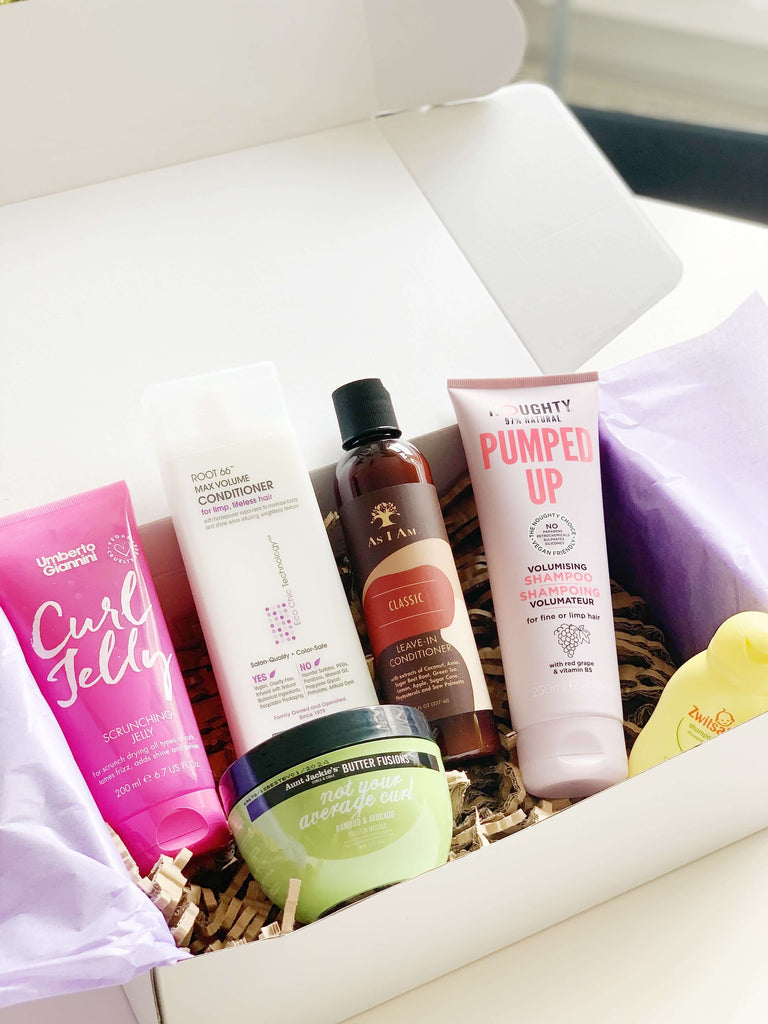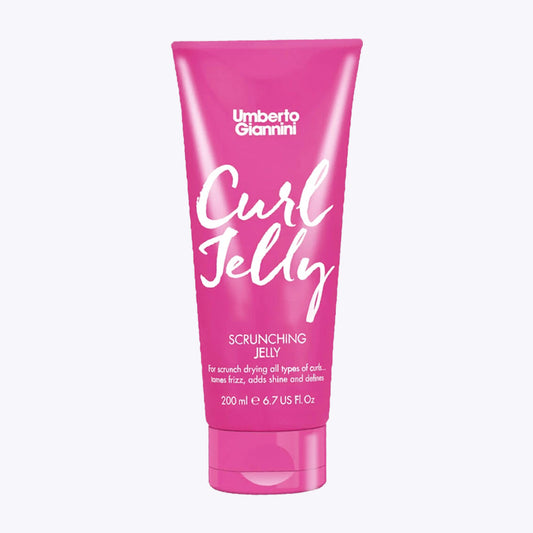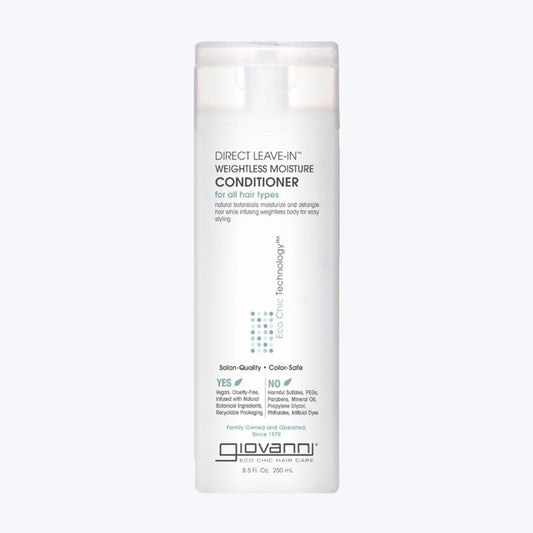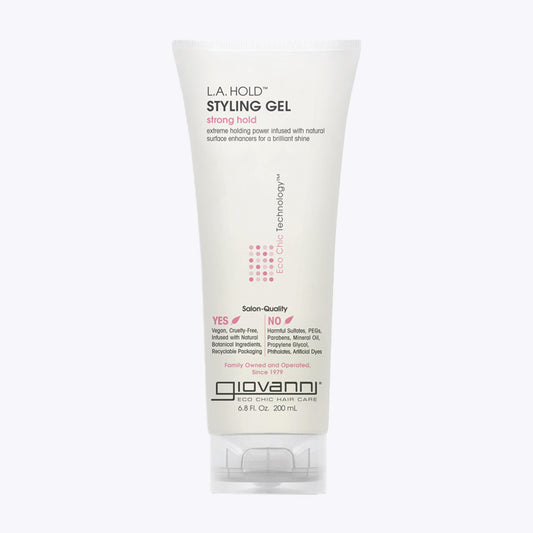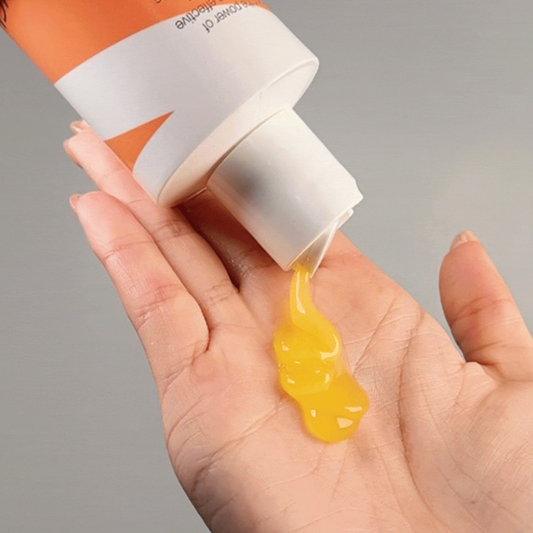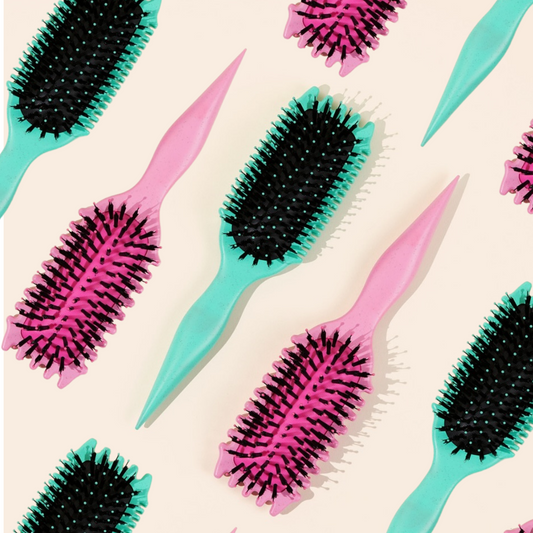Glycerin is a common ingredient that you can find in hair products. But what is glycerin and why might it be a good idea to avoid it? We'll tell you everything you need to know!
What is glycerin?
Glycerin is water-soluble and a humectant. In plain language, it is an ingredient that is able to attract moisture from the environment and retain it well. This helps to hydrate your hair well. So it provides care, softness and hydration.
Other common humectants include:
- Propylene Glycol
- Butylene Glycol
- Hyaluronic acid
- Honey
- Agave nectar
- Sorbitol
- Sodium PCA
- Fructose
- Glucose
- Hydrolyzed silk protein, elastin, collagen, keratin
- Panthenol
Where is glycerin extracted from?
Glycerine can be obtained synthetically or naturally from rapeseed oil. It is an extremely safe substance to use. It is thick, odorless and colorless. This makes the ingredient widely used in hair products, but also in other cosmetic products such as soap and skin products.
Glycerin and the weather: what do these two have in common?
The weather and glycerin are related in relation to humidity. The humidity indicates how much water vapor is in the air. In short, how humid it is outside.
As we have already indicated, glycerine is able to draw moisture from the environment. And this is also the point we want to touch on in this blog. Glycerine works particularly well when the dew point is between -1 and 16 degrees. Is the number of degrees below or above that? Then it is possible that glycerine causes extra fluff. Note! This does not always have to be the case!
When is glycerin not wise?
Is the humidity very high? Then your hair can attract so much moisture that it becomes too much for your hair and it starts to swell. The result? Frizzy hair. Do you have high porosity? Then you can suffer from this even more than with low or normal porosity.
Another time when it is better to avoid glycerin: Is there an extremely low humidity ? Then glycerin can actually lose moisture. The result? Dried out curls that can lead to brittle hair.
When do you use glycerin?
Is the dew point at a certain number of degrees between 4 and 16? Then you can benefit from glycerine in your hair product. It protects your hair and provides hydration.
In short, glycerin in your hair products is not a bad thing, but it depends on what the current dew point is.
When does glycerin work for your hair and when not?
Your phone often has a weather app. These apps often indicate what the dew point is. Look it up and see what you can do. Be careful, don't confuse the dew point with how cold or warm it is! Really look for the dew point. Below you can see an example of the iPhone weather app

- The dew point is lower than -1 degrees
It's probably winter ! It's best to avoid glycerine. Use products with a good and strong hold and use leave-in conditioners.
- The dew point is between -1 and 4 degrees
See how your hair reacts to glycerin. Sometimes it won't make a difference to your hair, but it could also be that your hair won't react well to it.
- The dew point is between 4 and 16 degrees
This is ideal! You can safely use glycerine.
- The dew point is above 16 degrees
See how your hair reacts to glycerin. Sometimes it won't make a difference to your hair, but it could also be that your hair won't react well to it.
Finally, the above is of course not black and white. But, if your hair suddenly reacts differently to the products that you normally have problems with, this could be a reason. Always experiment with your products.
In the video below you will find an extensive video about glycerin.
What else can you do?
In addition to humectants, other ingredients can help you in certain weather conditions, such as film-forming humectants and emollients. And there are also ingredients that are moisture-resistant.
Film forming humectants
Film-forming humectants are often found in gels. They form a layer around your hair and ensure that moisture remains in your hair. They can help you extra with low dew points. Examples of film-forming humectants are:
- Flaxed
- Okra
- Aloe vera
- Pectin
- Guar Gum
- Marshmallow root
- Slippery Elm
- Xanthan gum
Emollients
- Argan oil
- Avocado oil
- Mango Butter
- Shea butter
- Jojoba oil
- C12-15 alkyl benzoate
- Grapeseed oil
- Sunflower oil
Humidity resistant ingredients
s there an extremely high humidity? Then it is advisable to use a hard-hold gel. An example of the most common:
- PVA/VP Copolymer
- Polyquaternium-11
Products free from glycerine
As always, try to experiment! With this blog you will know what reasons there may be to avoid glycerine or to use it. But as indicated, this is different for everyone. Keep a close eye on your hair and alternate. Write down in your phone how your hair reacts, so you can keep track!
Looking for products without glycerin? Check out this collection!
